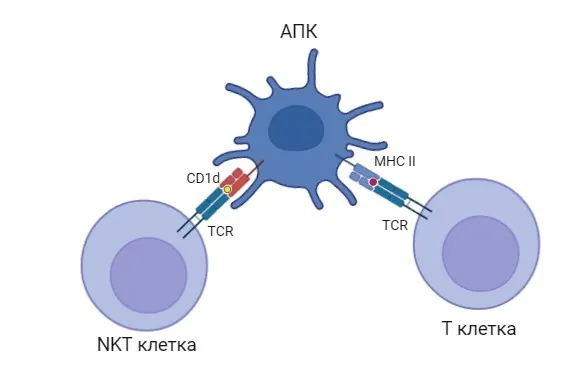
Naked Mole-Rat: The First Mammal to Lose Key Immune Proteins! What It Means for Science and Longevity Research
2024-09-24
Introduction
In a groundbreaking discovery, scientists have determined that the remarkable naked mole-rat, an underground-dwelling rodent known for its extraordinary lifespan of up to 40 years, is the first mammal identified to have completely lost functional CD1 genes. These genes play a crucial role in the mammalian immune system, specifically in the recognition and response to infectious diseases.
Significant Evolutionary Shift
Published in the journal Biology Direct, the study highlights how the naked mole-rat's immune system has undergone a significant evolutionary shift, employing alternative mechanisms that function independently of CD1 proteins. Traditionally, CD1 proteins serve to present lipid antigens from pathogens to T-lymphocytes, signaling an immune response to confront infections effectively. In the case of the naked mole-rat, the absence of these proteins suggests a unique immune strategy, possibly compensating for the loss with other immune cells, like myeloid cells and various T lymphocytes.
Research Findings
The research team, which includes esteemed institutions such as the Baltic Federal University of Immanuel Kant, Moscow State University, and the Karolinska Institute in Sweden, utilized bioinformatics to analyze genetic sequences across 18 different rodent species. Their findings revealed that unlike other rodents who possess varying numbers of CD1 genes—mice have two, while guinea pigs boast nine—the naked mole-rat has lost significant portions of these functional genes entirely.
Impact on Biomedical Research
This discovery is especially vital considering that most preclinical drug tests utilize rodents with intact CD1 systems, underscoring the importance of understanding this deviation for potential impacts on medical research outcomes. What makes the naked mole-rat particularly intriguing is its longevity and its association with resistance to cancer and aging, making it a valuable model for aging research.
Unique Immune Response
Furthermore, previous studies on the immune system of naked mole-rats have indicated that they lack Natural Killer T cells, which are essential for identifying and eradicating virus-infected and tumor cells. The implications of this absence suggest that the naked mole-rat's immune response operates differently from other mammals, relying on alternative pathways to maintain health and combat infections.
Future Research Directions
As the research progresses, scientists aim to delve deeper into another group of proteins, known as MR1 proteins, which also play a role in immune responses. Through these continued investigations, researchers hope to unravel the mysteries surrounding the immune systems of varied species, potentially leading to breakthroughs in immunology and therapeutic strategies against infectious diseases.
Conclusion
What does this mean for the future of biomedical research? The naked mole-rat could hold the key to new ways of understanding immune function, especially in the context of aging and disease resistance—areas that remain critical in a world increasingly challenged by emerging pathogens.




 Brasil (PT)
Brasil (PT)
 Canada (EN)
Canada (EN)
 Chile (ES)
Chile (ES)
 España (ES)
España (ES)
 France (FR)
France (FR)
 Hong Kong (EN)
Hong Kong (EN)
 Italia (IT)
Italia (IT)
 日本 (JA)
日本 (JA)
 Magyarország (HU)
Magyarország (HU)
 Norge (NO)
Norge (NO)
 Polska (PL)
Polska (PL)
 Schweiz (DE)
Schweiz (DE)
 Singapore (EN)
Singapore (EN)
 Sverige (SV)
Sverige (SV)
 Suomi (FI)
Suomi (FI)
 Türkiye (TR)
Türkiye (TR)